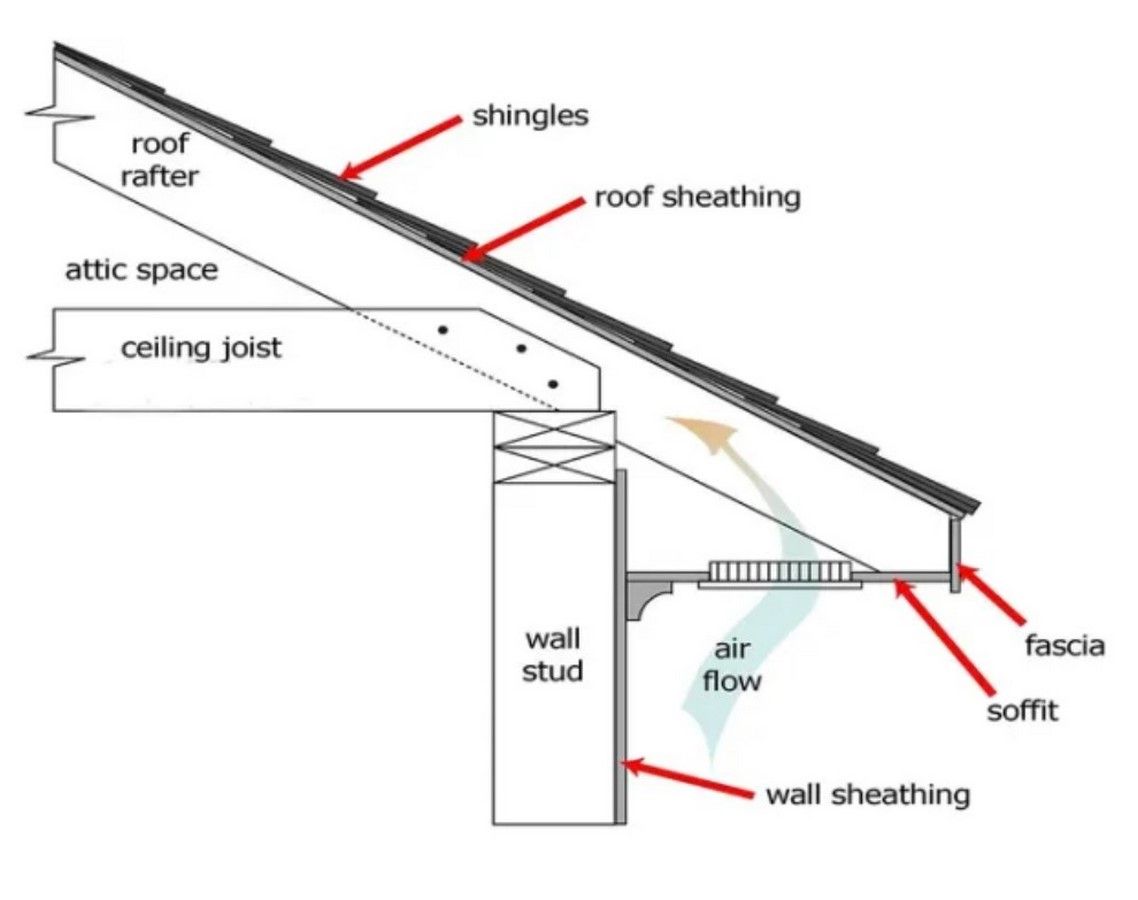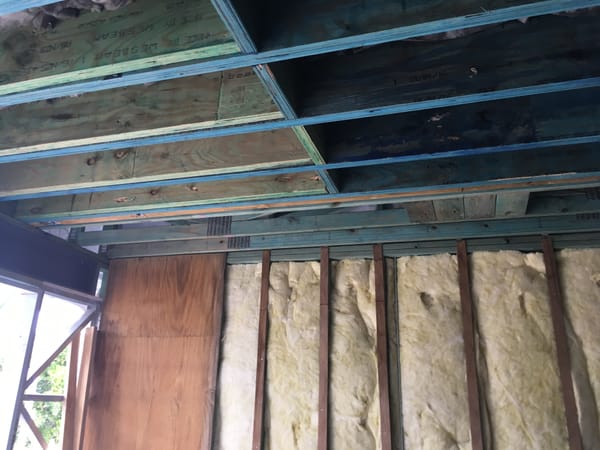If you're a new home owner, you may have heard the term "eaves" thrown around in conversation about your house. But what exactly are eaves, and why are they important?
In this blog post, we'll explain what eaves are, what their function is, and how they impact a home's design and liveability.
So, let's start with the basics: what are eaves?
Eaves are the part of a roof that overhangs the exterior walls of a house. They're located at the bottom edge of the roof and can extend up to 600mm (in most project homes) beyond the wall. Eaves can be found on all types of roofs, from traditional gable roofs to modern flat roofs.
The video below shows how eaves are framed out from external brickwork.
Now that we know what eaves are, let's talk about their function. Eaves serve several important purposes. First and foremost, they protect the exterior walls of a house from rain, snow, and other types of precipitation.
Without eaves, water would run down the walls and eventually find its way into the house, causing damage to the walls, insulation, and even the interior of the house.
Eaves also provide shade and help regulate the temperature inside the house. During the summer months, when the sun is high in the sky, eaves can provide shade to windows and walls, keeping the interior of the house cool and reducing the need for air conditioning.
In the winter, when the sun is lower in the sky, eaves allow sunlight to enter the house, providing natural warmth and reducing the need for heating.
Another function of eaves is to prevent water from getting into the foundation of a house. When it rains, water runs down the roof and onto the eaves, which then direct the water away from the foundation and out into the yard. This helps to prevent water damage to the foundation, which can be expensive to repair.
Now that we've covered what eaves are and what their function is, let's talk about how they impact a home's design and liveability. Eaves can have a big impact on the look and feel of a house. They can make a house look more traditional and cozy, or more modern and sleek, depending on the style of the eaves.
From a liveability standpoint, eaves can make a big difference in how comfortable a house is to live in. As we mentioned earlier, eaves provide shade and help regulate the temperature inside the house. This can make a big difference in the summer months, when temperatures can soar and air conditioning bills can be high. Eaves can also help to protect outdoor living spaces, such as patios and decks, from rain and other types of weather, making them more enjoyable to use year-round.
In conclusion, eaves may seem like a small detail, but they play an important role in protecting a house from the elements, regulating the temperature inside the house, and enhancing the overall look and feel of a home. Whether you're building a new home or renovating an existing one, it's important to consider the design and function of eaves to ensure that your house is comfortable, liveable, and protected from the elements.







